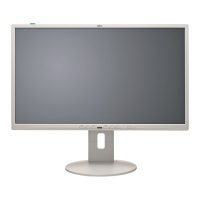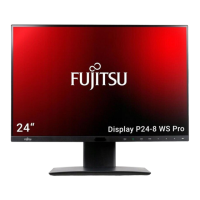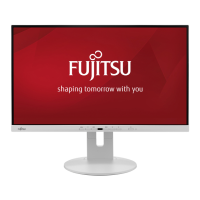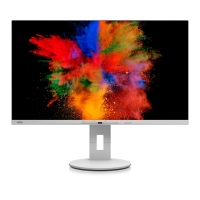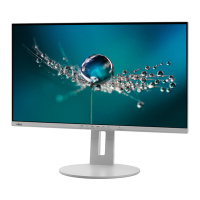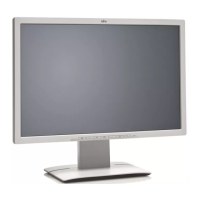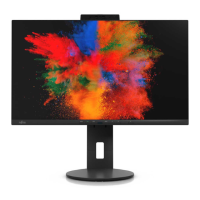Why is Fujitsu Call Indicator status indicator not showing a status?
- RRobert CooperSep 9, 2025
If the Call Indicator status indicator on your Fujitsu monitor isn't showing a status, make sure that Microsoft Lync / Skype for Business is installed, running, and you are logged in. Additionally, check if the monitor is connected via the supplied USB cable and that all audio devices named "Fujitsu Call Indicator" are enabled in Windows sound settings.
